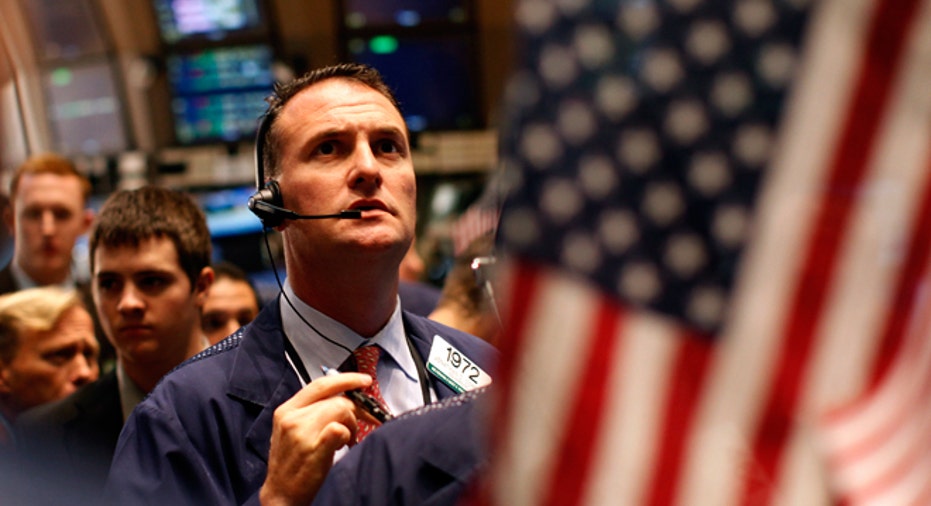Europe's Mess Obscures Corporate America’s Resiliency

From Europe’s debt debacle to Washington’s political paralysis, there’s no shortage of reasons to be cautious before going long in today’s equity markets.
Yet despite the myriad of icebergs dotting the course, captains of industry have steered their ships back to peak profitability.
Amidst a laundry list of worries, corporate America’s newfound ability to manage difficult economic environments should give investors at least one reason to smile.
“It is the single most impressive thing that’s come out of the financial crisis,” said Nicholas Colas, chief market strategist at ConvergEx. “This is the one piece of the pie that even the most pronounced bear could not refute.”
Even though equity markets remain below their all-time highs, unemployment is painfully high and the housing market may only now be bottoming, profits have returned to their 2007 highs.
S&P 500 companies generated earnings per share of $22.97 in the first quarter, besting the previous record of $22.63, according to Howard Silverblatt, S&P’s senior index analyst.
Margins continue to be at very healthy levels, hitting 9.07% in the first quarter on a preliminary basis, compared with the historical level since 1988 of just 7.19%.
Given the scary situation in the eurozone and the looming fiscal cliff in the U.S., Brian Belski, chief investment strategist at BMO Capital Markets (NYSE:BMO), said he believes investors may be “overly discounting” the quality of the earnings at home.
“During times like this we become less fundamental and more emotional and reactive,” he said.
So how have companies continued to churn out impressive earnings against this challenging backdrop?
They have essentially learned how to do more with less by dramatically slimming down through deep spending cuts, shedding non-core assets and boosting productivity.
“It’s amazing,” said Silverblatt, who pointed to “getting people to do 120% instead of 110% and if you don’t, you know what’s going to happen to you.”
It’s common for corporations to add overhead and become somewhat overweight during upward business trends as they strive to gain market share and invest in the future. Typically they trim the fat during downturns, but the amount of slimming down depends on the magnitude of the recession.
“If it’s a slow, shallow slowdown, then it’s kind of hard to justify cutting back. When you get a big, sharp slowdown it becomes a matter of survival and corporations do the right thing,” said Colas.
The Great Recession triggered that kind of thinking, forcing CEOs to approve enormous cost-cutting moves that caused the loss of millions of jobs and shuttered underutilized facilities.
The downturn helped accelerate an evolution in the structure of corporate America, shifting away from the excesses of the 1990s that led companies to bring on capacity.
Belski calls this process a “secular structural change” and pointed to the transitions in the industrial and technology sectors in particular.
“Those two sectors in particular can, will and should benefit from what we believe will be a manufacturing renaissance here in the United States,” said Belski.
The recovery in earnings also underscores a shift in the balance of the U.S. economy away from financial-services companies and towards technology, which now has the largest weighting in the S&P 500 at 20%.
“A piece of this earnings renaissance is the technology sector was able to step into the breach with new products,” said Colas.
One caveat to the bullish earnings story is the fact that while profits have returned to their peak levels of 2007, they have not yet vaulted over them as they did during previous recoveries.
Given the circumstances, “I guess that’s still a very good result but it doesn’t argue for a much higher stock market,” said Colas. “You’re left arguing about PE [price-to-earnings] multiplies, which is always a very difficult debate.”



















